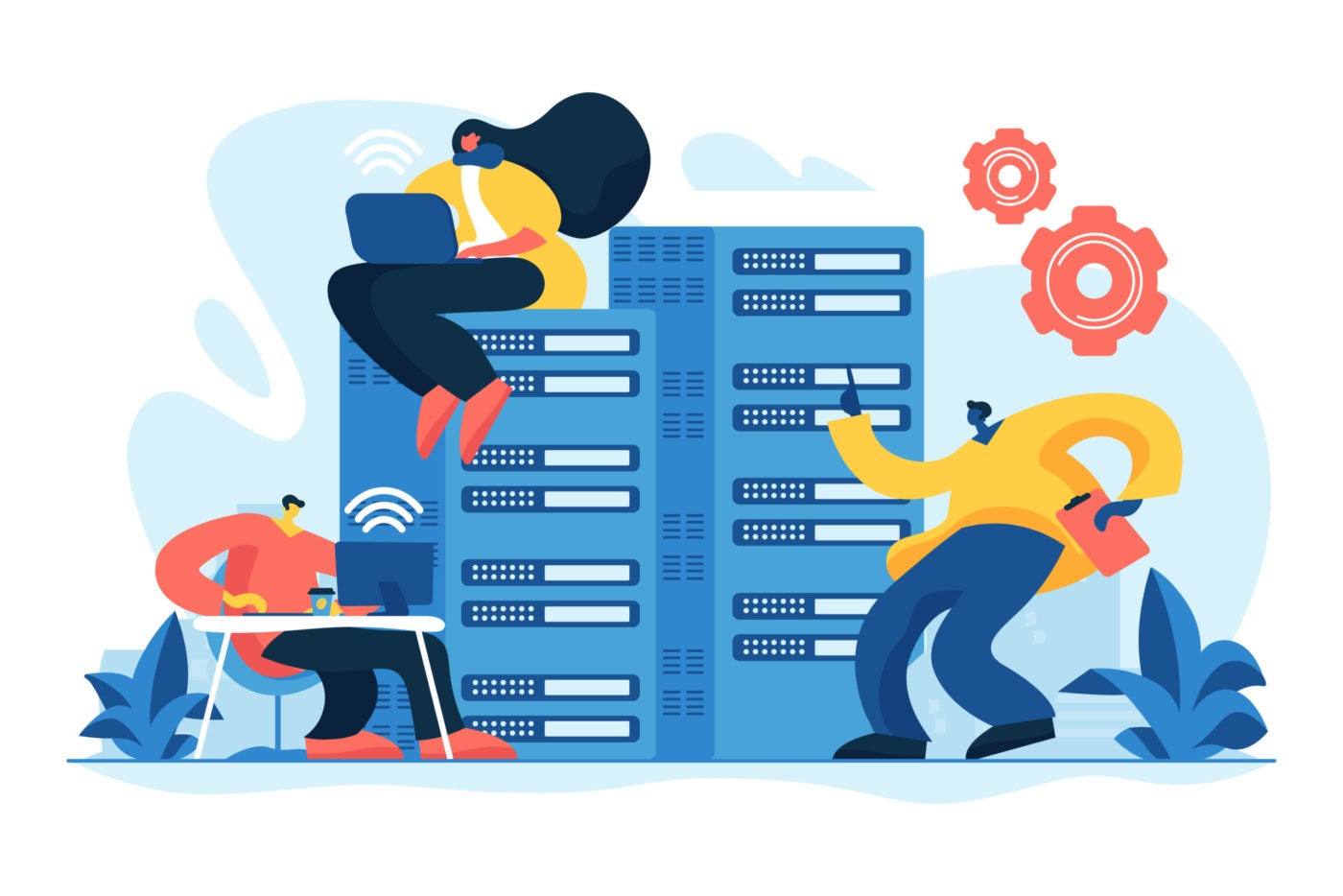
Infrastructure-as-a-Service (IaaS) and Software-as-a-Service (SaaS) are two of three cloud computing models in addition to Platform-as-a-Service (PaaS). In fact, SaaS can be integrated into an IaaS, so you don’t have to choose between the two.
It’s important to know their differences because each one delivers service at a different layer of the cloud tech stack. Knowing your company’s particular needs is the first essential step in determining whether to adopt IaaS, SaaS, or both.
Read more at TechRepublic about how IaaS, PaaS, and SaaS fit together: SaaS, PaaS, IaaS: The differences between each and how to pick the right one
What is IaaS?
Infrastructure-as-a-Service (IaaS) entails an array of services that a vendor provides clients, namely on-demand, pay-as-you-go access to storage, networking, servers and other computing resources in the cloud. IaaS replaces a company’s traditional data center, so it’s essentially an outsourced cloud infrastructure made up of virtualized servers, routers, and other components of a data center.
IaaS use varies by company size and type, but an IaaS is typically used for the following functionalities:
- Software development
- Website hosting
- Web applications management and support
- Server resource
- Content delivery
- High-performance computing
- Data warehousing and analytics
- Data storage, backup, and recovery
According to a Gartner report, the IaaS market in the US is projected to reach $126 billion by the end of 2022. Though still not as large as the SaaS market, IaaS market growth is outpacing that of SaaS. While SaaS has grown 42 percent between 2020 and 2022, the IaaS market has grown at more than twice that rate at 89 percent. Major IaaS providers are AWS, Azure, Google Cloud, and Oracle Cloud.